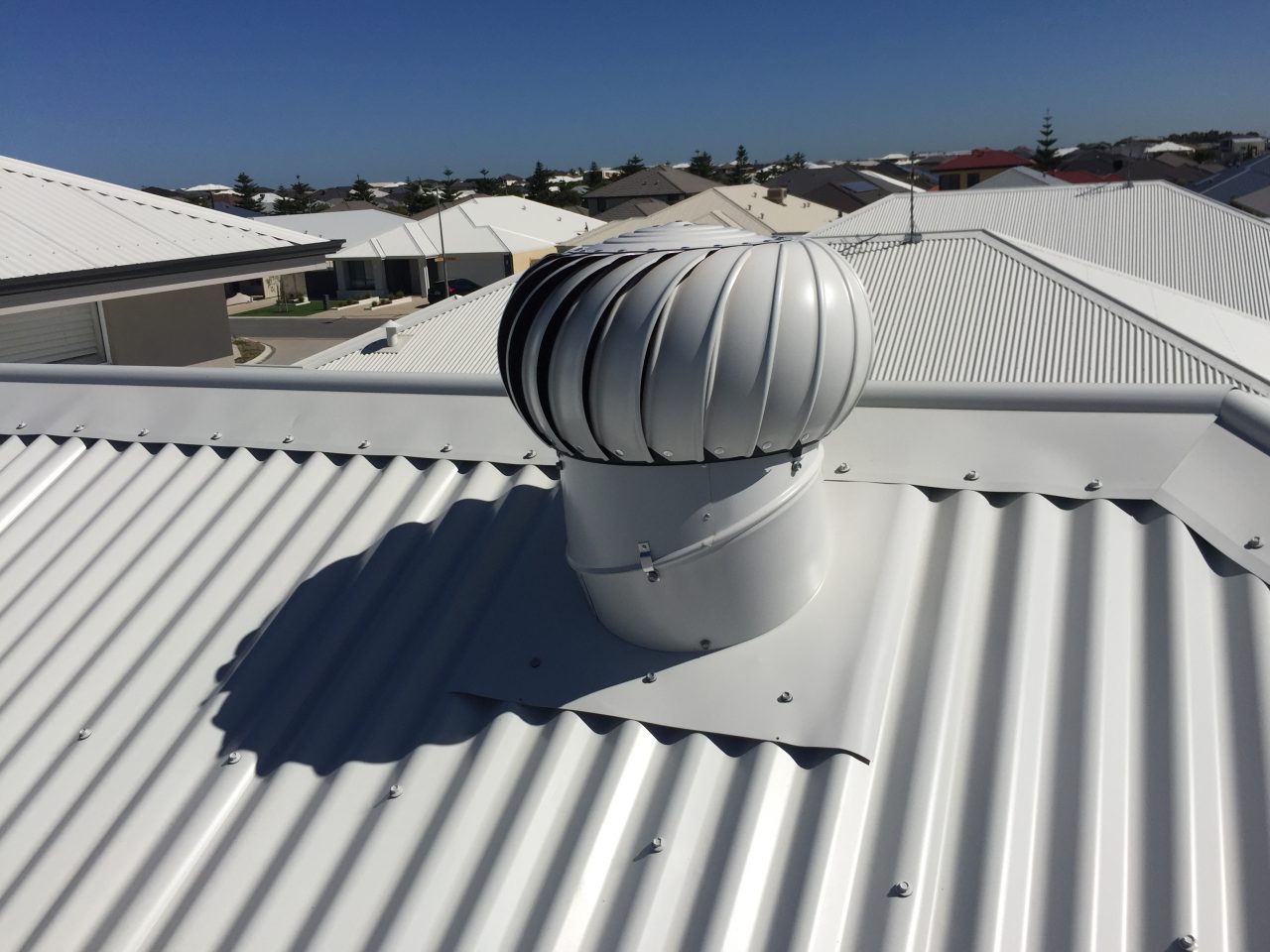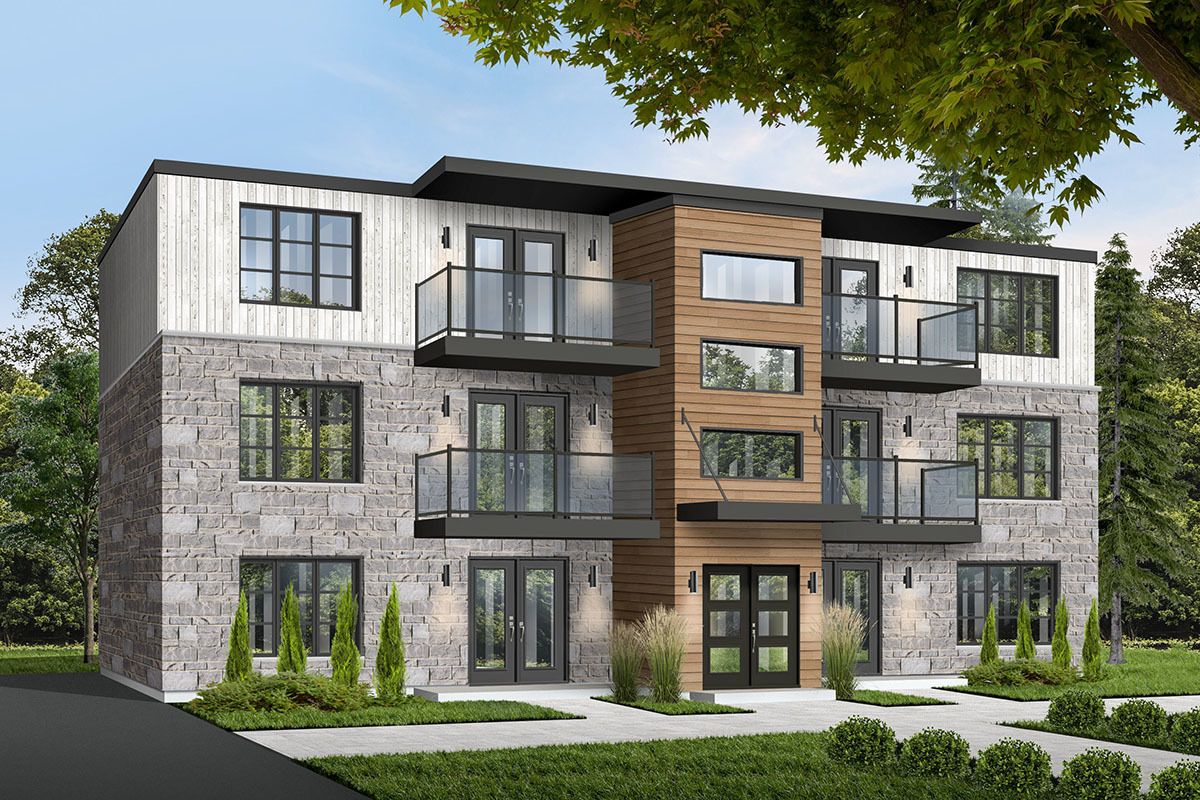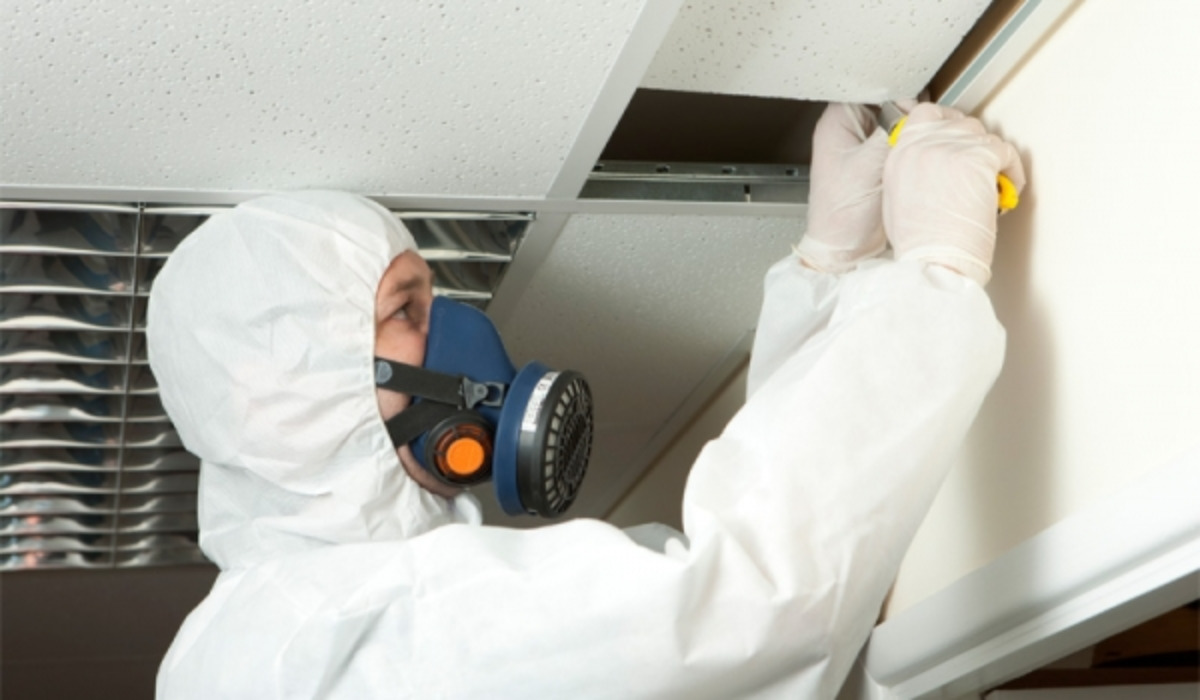
- March 9, 2021
- Effective Building
- 0
Whirlybirds are designed to extract damp and hot air from roofing spaces. These also improve the temperatures and increases the property’s comfort. Dam and humid air removal within a roof void, you can eliminate any potential bacteria or mould problems.
In summer, whirlybirds minimise excessive temperatures, keeping the spaces cool and nice. During cold weather, whirlybirds work to remove excess dampness and humidity, preventing bacteria and mould growth.
A whirlybird installation is an affordable way to make your home more energy-efficient, ventilated, and free from stale air and odours. Relying on whirlybirds means less dependence on air conditioning devices. These don’t need electricity and can spin for more than two decades when well-maintained. This helps to keep your property comfortable and clean.
What Do You Need to Know about WhirlyBirds?
Do WhirlyBirds Work?
Yes, whirlybirds work because it removes hot air from roof voids. It effectively ventilates the roof or space below. However, whirlybirds are dependent on airflow to function properly. If there’s a little wind, whirlybirds will not function as effectively as they will in high-wind locations.
The roof of a building or house acts as a heat trap. A whirlybird works to remove the heat that builds up in rooms but removing out the hot air. This keeps the properties clean, ventilated, and prevent hot air accumulation. In the hot Australian climate, a whirlybird can keep a space cool during summer.
What are the Advantages of WhirlyBird Installation?
Removes Heat
A whirlybird is fitted on top of one’s roof to extract the heat from the inside of your house’s roof. Wind turbines have small fins connected to the device, which starts rotating when the wind hits it. This results in a vacuum effect, which sucks up the warmth.
There are two basic kinds of whirlybirds: those run by wind and those that are powered by a turbine. Active whirlybirds are run by turbines, while passive turbines use the wind to acquire momentum.
First, many people prefer the turbine-type one for more effective roof ventilation. However, this approach brings a little amount of noise from the machine around the home. An effective whirlybird relies on the positioning of the home or building. Moreover, the building’s size plays a role in how effective the roof ventilation system is going to be. Generally, whirlybird works well to eliminate heat from within your roof that your ceiling insulation would usually trap there.
Whirlybird keeps your roof ventilated, making it less hot inside since these are made out of galvanised aluminium which makes them more appropriate to combat corrosion issues.
Remove Mould and Dampness
Whirlybird removes mould and dampness. Moisture-laden air from inside the home and outside air can condense and cause dampness. Ceiling insulation loses its effectiveness when it becomes wet. As a result, it increases the need for heating to compensate for heat loss.
Damp conditions can cause ceilings to get moulds. Proper ventilation of the roof space overcomes these problems and helps lower heating costs. It will benefit the shaded areas of your home the most.
Improves Air Quality and Removes Odours
Whirlybird provides fresh air to your roof space and living areas throughout the year, allowing for improved air quality. Moreover, whirlybird effectively remove smoke and odours such as kitchen odours, industrial fumes, and cigarette smoke.
No Cost Operation and Reduced Power Costs
Most whirlybirds are self-contained and wind-powered, which means there are no wiring expenses and ongoing electricity running costs incurred. A slight breeze is enough to spin the rotary turbines, but even without wind, it still ventilates.
Through proper ventilation with a whirlybird, your work and living environment would be cooler, less damp, and less humid. This will reduce the power consumption of fans and air-conditioners.
How Do Roof WhirlyBirds Work?
After knowing if whirlybirds work, it’s now time to look at how they work. Whirlybird roof ventilators consist of a metal top to scoop the wind with finds. As the wind lows into the turbine, the vent rotates. This rotating motion creates the vacuum effect that sucks hot air from the roof cavity’s interiors.
All of the heat from roof space gets drawn upwards and into the whirlybird ventilator, which expels the hot air from the building’s interior. A significant number of whirlybirds will work together to assist in reducing the build-up of humidity and heat while also improving the air quality of the house’s interior.
The airflow capacity determines the effectiveness of roof whirlybirds. The whirlybird’s airflow capacity will depend on the whirlybird itself and space it’s installed on. For a whirlybird ventilator with a diameter of 30cm and 8km/h speed, the whirlybird will move almost ten cubic metres of air per minute from the roof cavity. For a ventilator with 35cm diameter and 25km per hour wind speed, the system will move 38 cubic metres per minute.
The whirlybird’s design is entirely waterproof. While the whirlybird spins, it’s circular and rotating force means that any water will be expelled and removed similarly to the vented air.
Often, whirlybirds are teamed with other ventilation devices, including ridge vents and soffit vents. These can also be used in conjunction with powered options for a direct and impactful whole-house cooling system.
How Many Whirlybirds Do You Need?
Knowing how many whirlybirds you need is one of the most common questions. Whirlybirds work very well and will only improve the house ventilation when many are installed. The house size should determine the number of whirlybirds you install.
- 1-2 bedroom home: 2 roof whirlybird units
- 3-4 bedroom home: 3-4 roof whirlybird units
- 4-5 bedroom home: 4 roof whirlybird units
Effective Building & Consultancy Whirlybird Recommendation and Installation
When we see that the property we are inspecting doesn’t have whirlybirds, we strongly suggest that the owner install the best quality ones. Besides building inspection, we also do whirlybird installation on both metal and tile roofs to ensure that the property is free from damp and humid roofing issues.
If you’d like to learn more about what whirlybird installation can give you, get in touch with one of our building consultants today.
For more information about building inspection and other services we offer, visit our Help Centre.
Suppose you are planning to work on multi-story units. In that case, you may find yourself wondering if you should Read more
Where does pre-purchase building inspection come into play? Imagine this scenario: You just bought a new home. However, your dream-come-true Read more
Is the property built during the 80s or early 90s? If yes, then you might need an asbestos building inspector Read more





